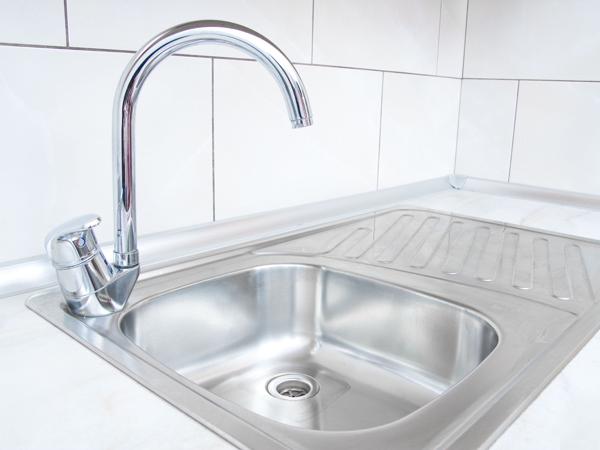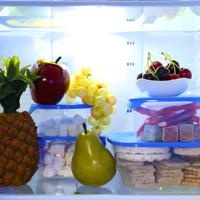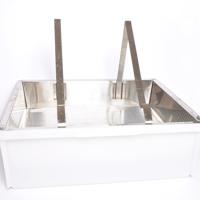Water is one of the most crucial resources in any emergency situation. Ensuring that your water is safe to drink is not just a precaution but a necessity. Understanding the different types of water filtration systems can help in making informed choices that suit various needs and circumstances.
Why Water Filtration is Important
Water can be contaminated with biological pathogens, chemicals, and sediments that pose serious health risks. Consuming contaminated water can lead to illnesses, making it critical to have an efficient filtration system. By filtering water, we're reducing the risk of ingesting harmful substances.
Types of Water Filtration Systems
There are several water filtration systems available, each with its own set of advantages and limitations. Let’s explore a few common types:
1. Mechanical Filters
Overview:
Mechanical filters physically remove contaminants and debris from water. They use a barrier, such as a screen, to filter out particles.
Examples:
- Pitcher Filters: These are common in homes and are easy to use. They work well for improving taste and removing chlorine.- Under-sink Filters: Installed directly to your plumbing, these filters provide cleaner water directly from your faucet.
Pros:
- Easy to use and maintain.- Good for daily use.
Cons:
- Limited in scope; cannot remove all contaminants like pathogens.
2. Activated Carbon Filters
Overview:
These filters use charcoal to absorb impurities. They're effective at removing chlorine, odors, and some heavy metals.
Examples:
- Countertop Models: These attach to your sink or sit near it. They offer straightforward setup and use.- Refrigerator Filters: Often found in fridges with water dispensers and ice makers.
Pros:
- Improves taste and smell.- Efficient at removing chlorine and organic compounds.
Cons:
- Does not eliminate bacteria and viruses.- Need regular replacement.
3. Reverse Osmosis Systems
Overview:
Reverse osmosis (RO) systems push water through a semipermeable membrane. This process removes a variety of contaminants, including certain chemicals and heavy metals.
Examples:
- Whole-house Systems: Ideal for filtering water throughout an entire home.- Under-sink and Portable Systems: Serve individual taps as needed.
Pros:
- Provides one of the highest levels of filtration, removing many dissolved substances.
Cons:
- Requires professional installation.- Slow process; may waste some water in the process.
4. UV Water Purifiers
Overview:
These systems use ultraviolet light to kill bacteria and viruses in the water, ensuring biological safety.
Examples:
- Standalone UV Devices: Great for treating a specific water source.- Integrated Systems: Combine with other filters for comprehensive treatment.
Pros:
- Effective against bacteria and viruses.- No chemical additives.
Cons:
- Does not remove chemicals or sediments.- Needs electricity to operate.
Choosing the Right System
Choosing a water filtration system depends on your specific needs. Consider the following factors:
- Type of Contaminants: Test your water to identify the main issues.
- Usage: Determine how much water you’ll need daily.
- Cost and Maintenance: Consider ongoing costs such as filters and repairs.
- Installation Requirements: Some systems may require professional installation.
A Personal Reflection
When I first started looking into water filtration systems, I found the array of options overwhelming. My family settled on a reverse osmosis system, as our water quality report indicated high levels of dissolved solids. It's been reassuring knowing our water is clean, although we had to adjust to the slower output.
Conclusion
Water filtration is an essential component of emergency preparedness. While it's impossible to guarantee every solution will work for every situation, understanding your options and the specific needs of your household or emergency plan is vital.
Further research from reputable sources, such as the Environmental Protection Agency (EPA) or the Centers for Disease Control and Prevention (CDC), can offer additional information and guidance.
Remember, in emergency preparedness, it's about being ready and informed without succumbing to fear-based decisions.




